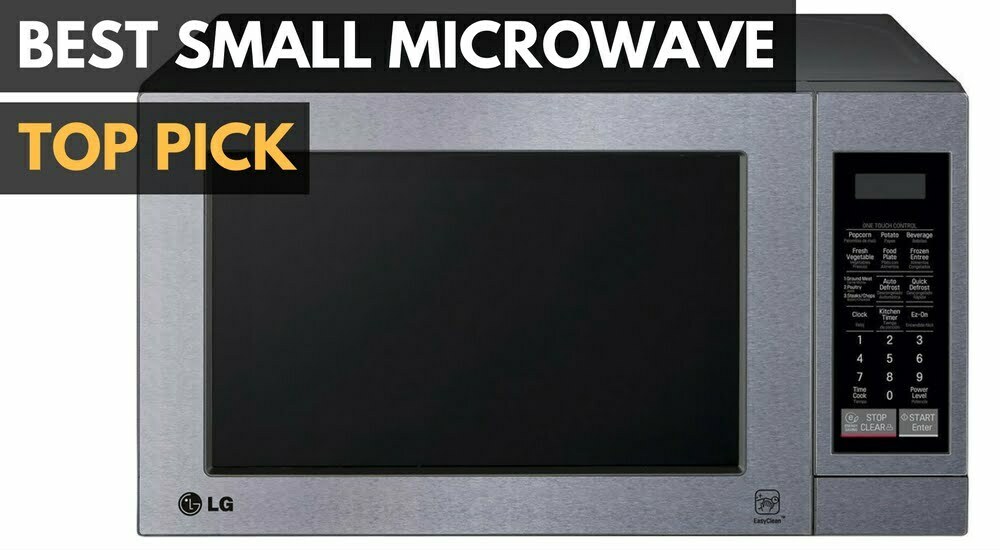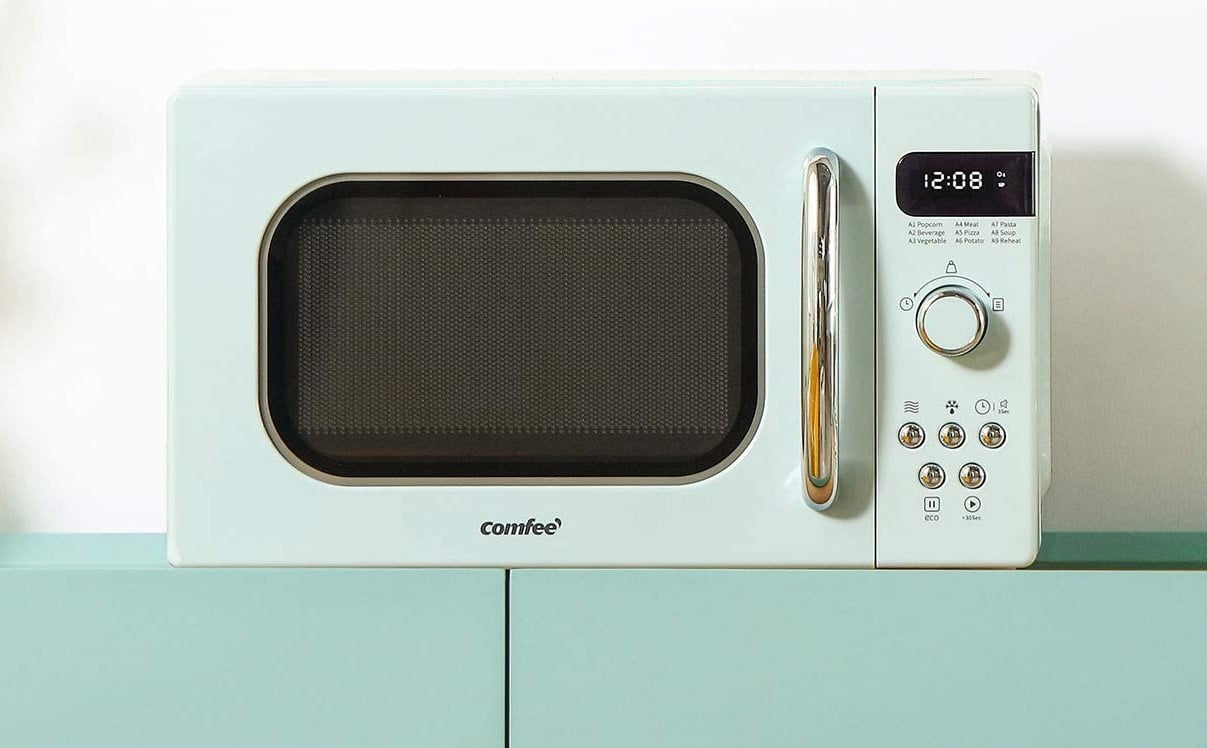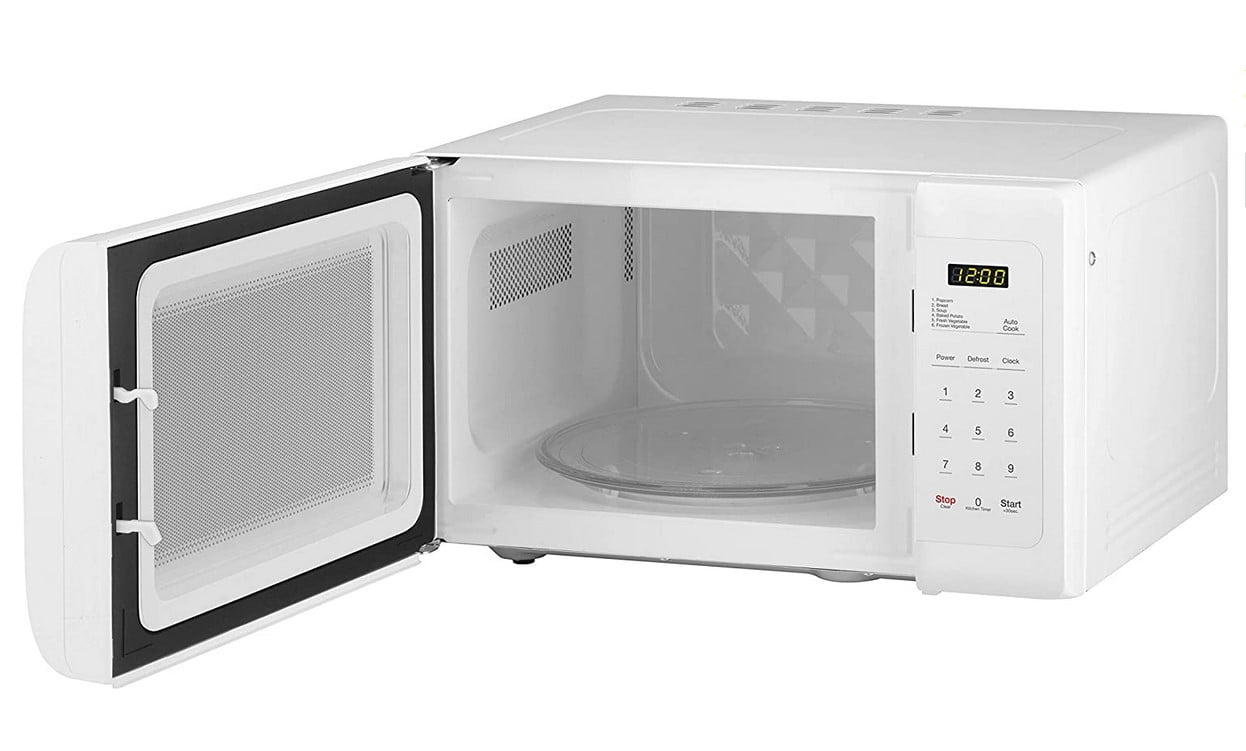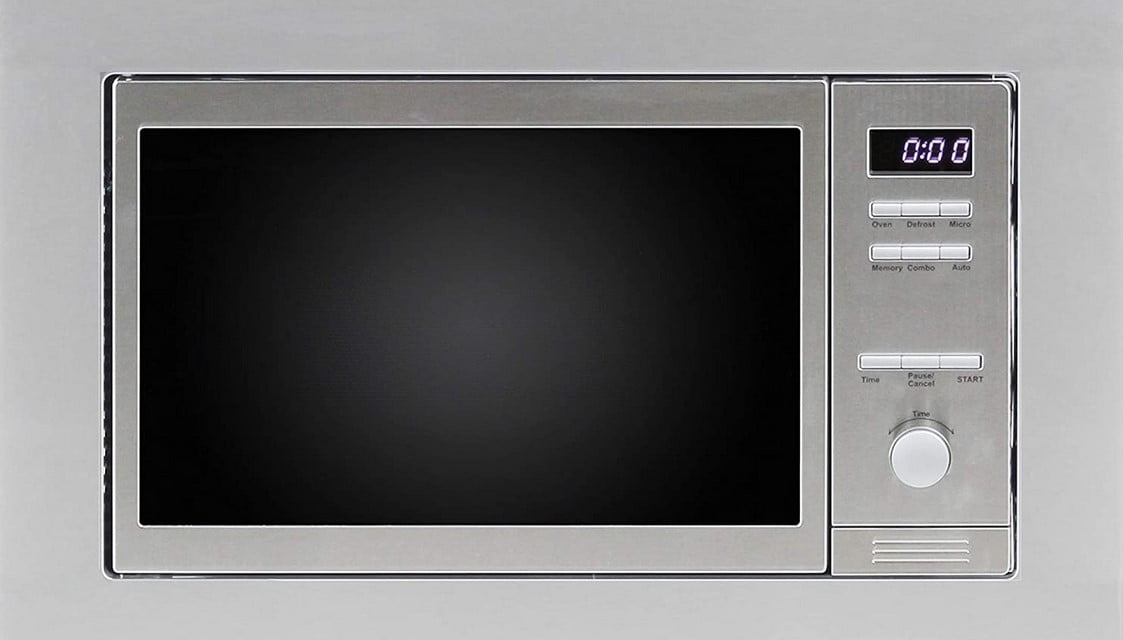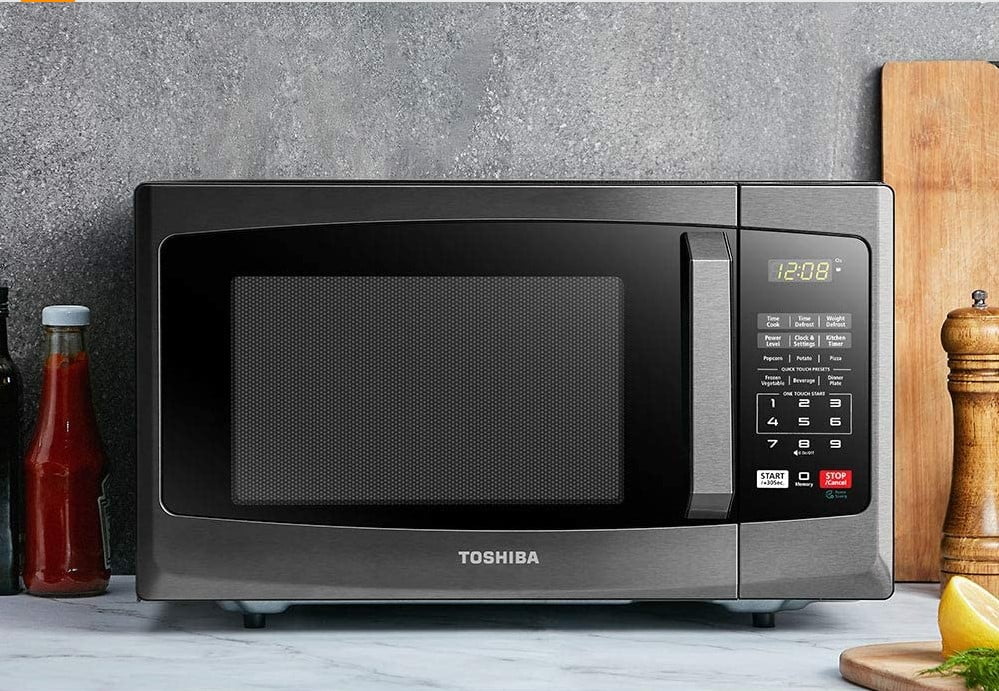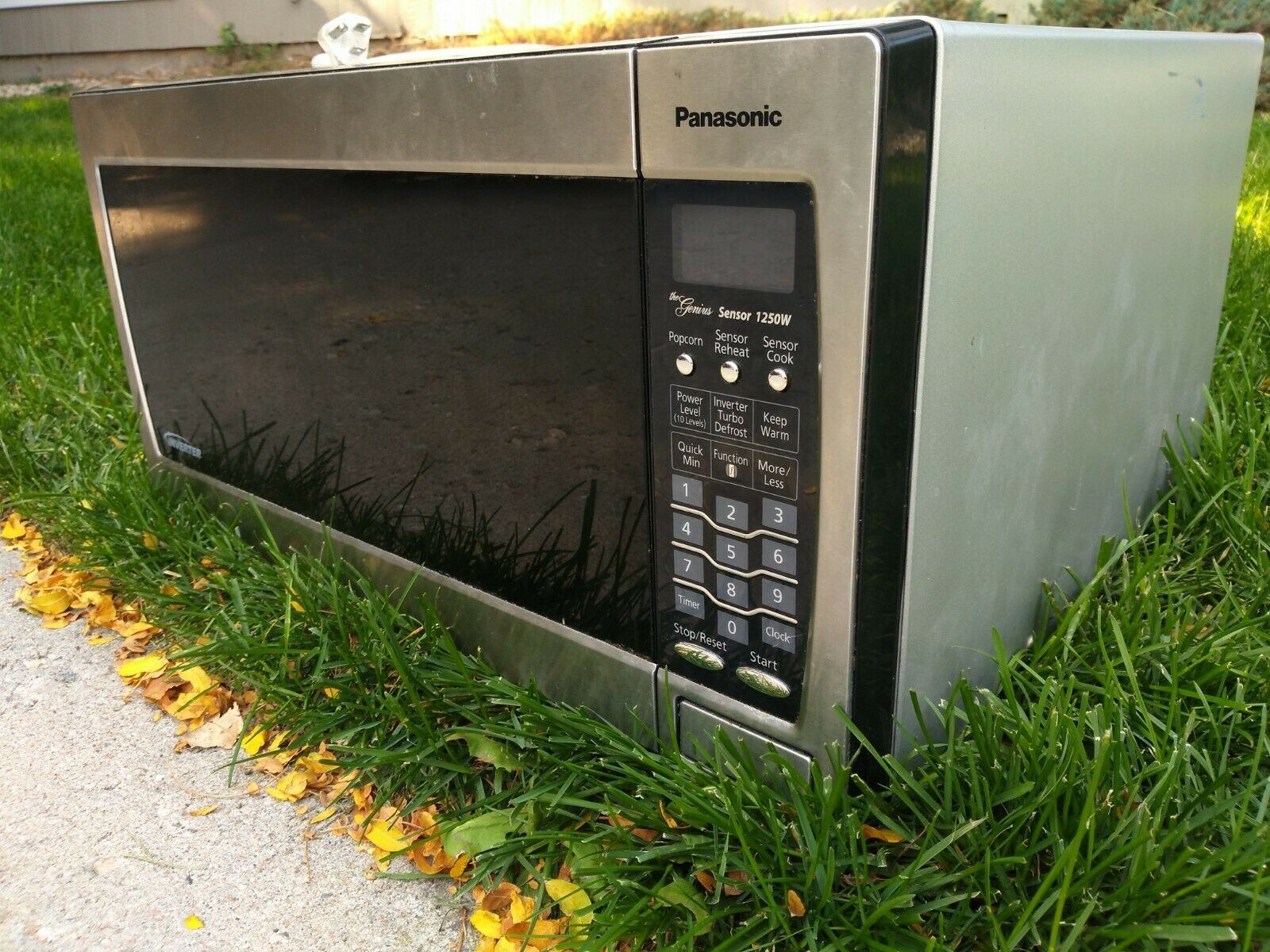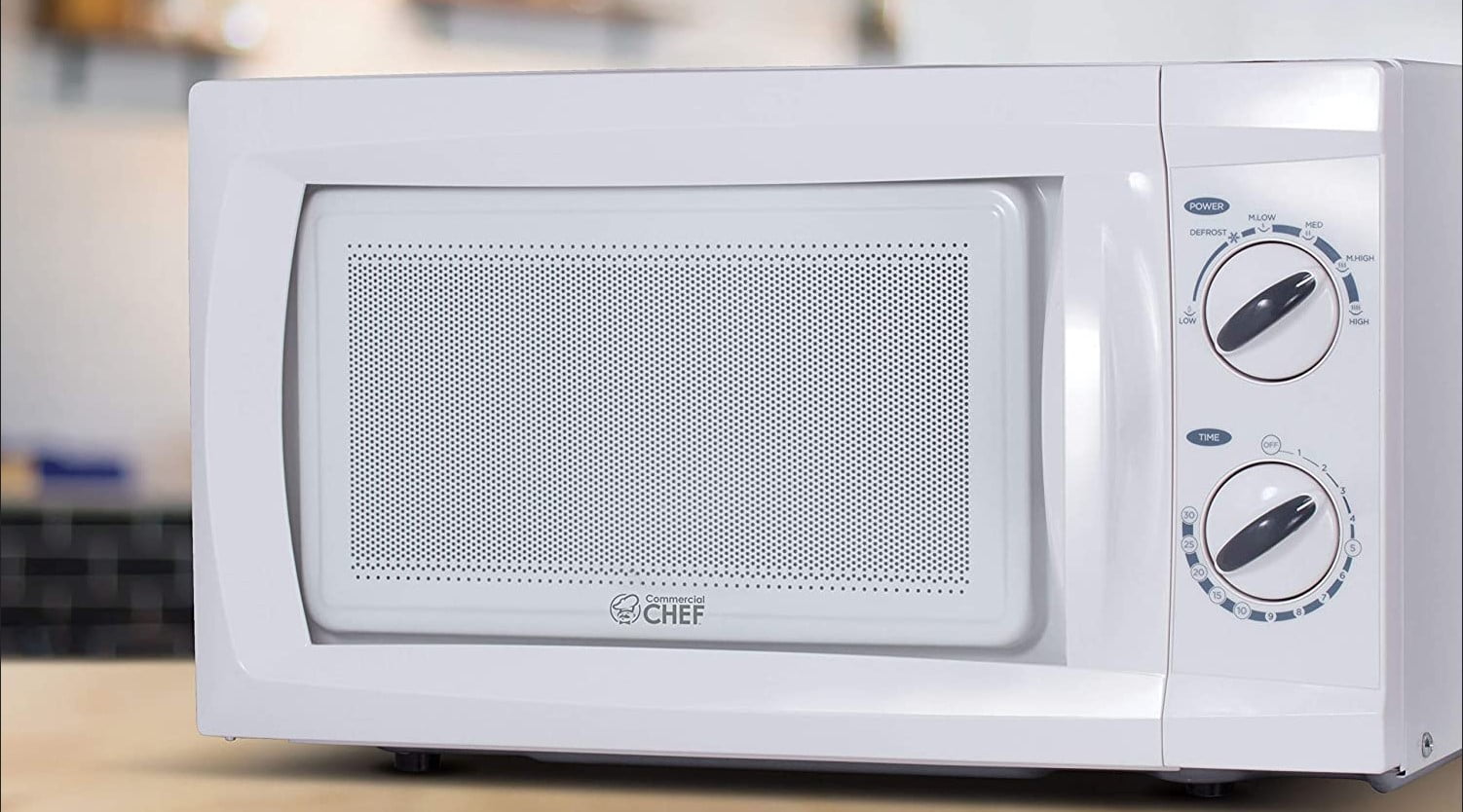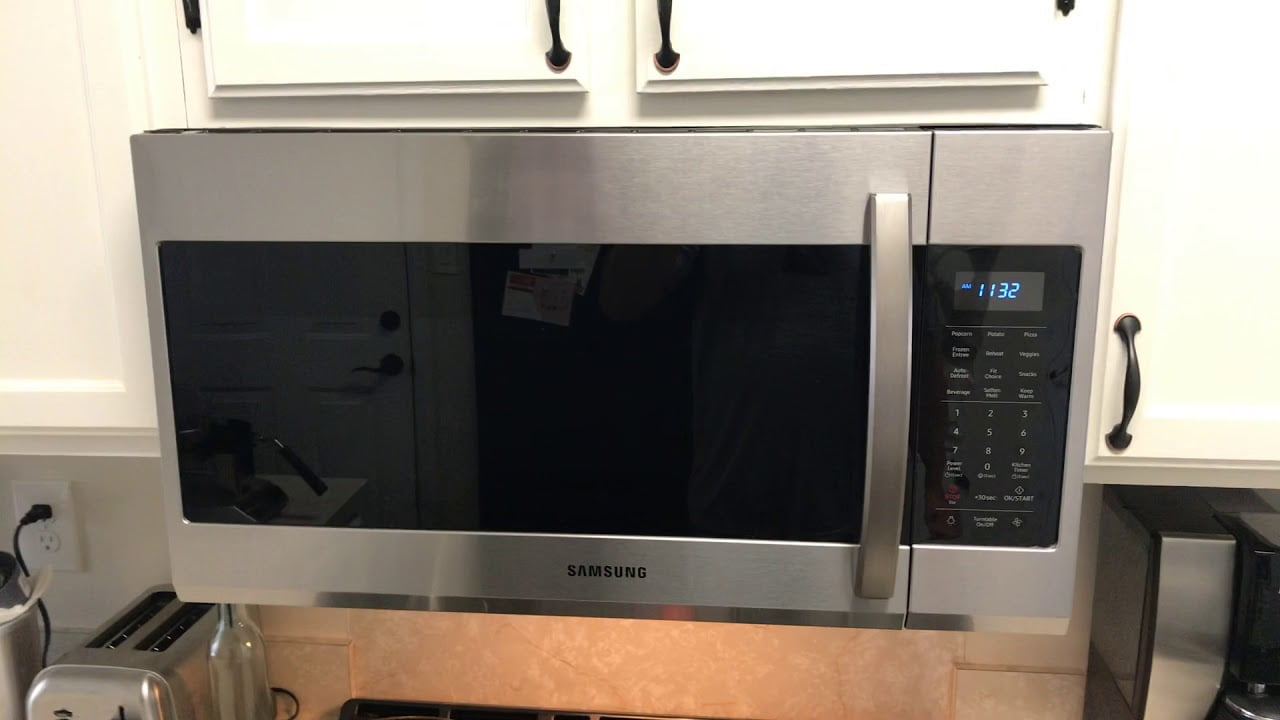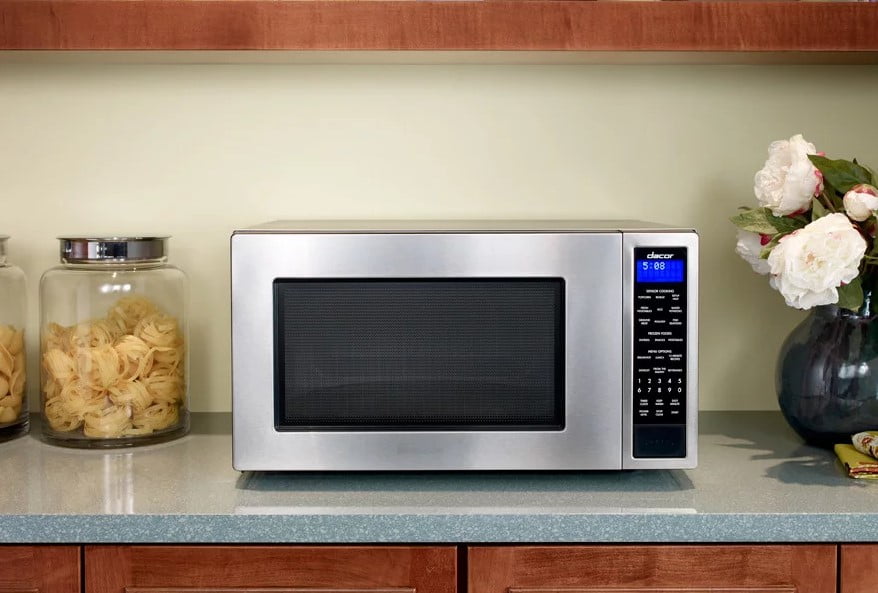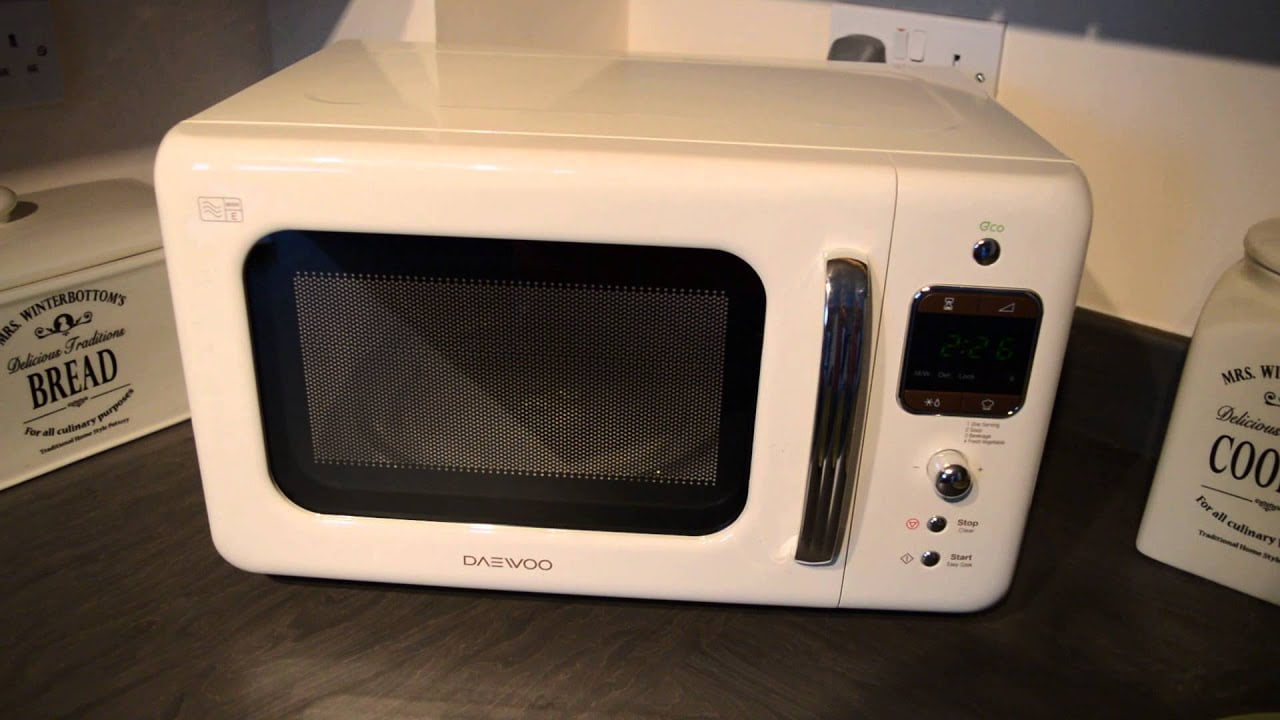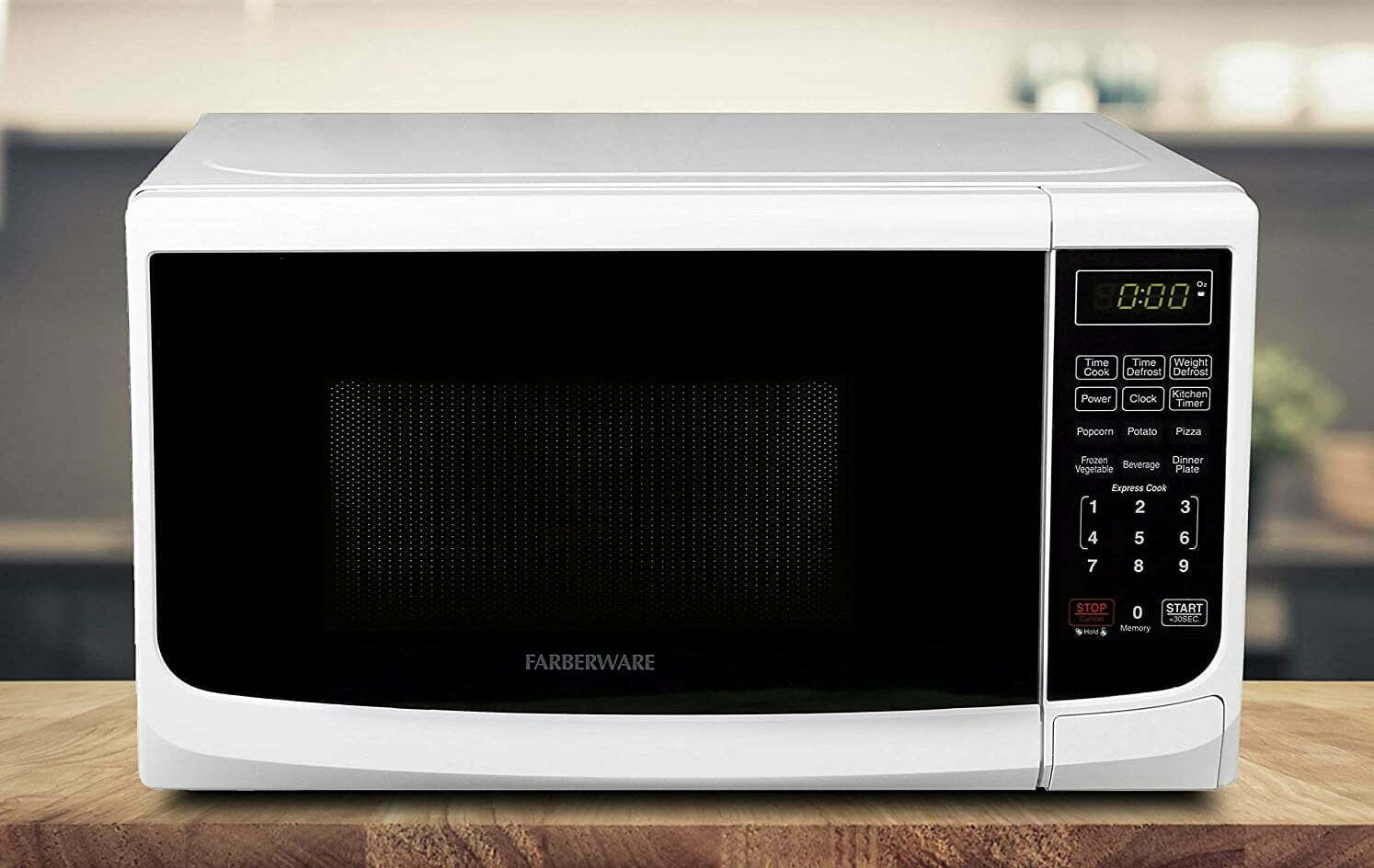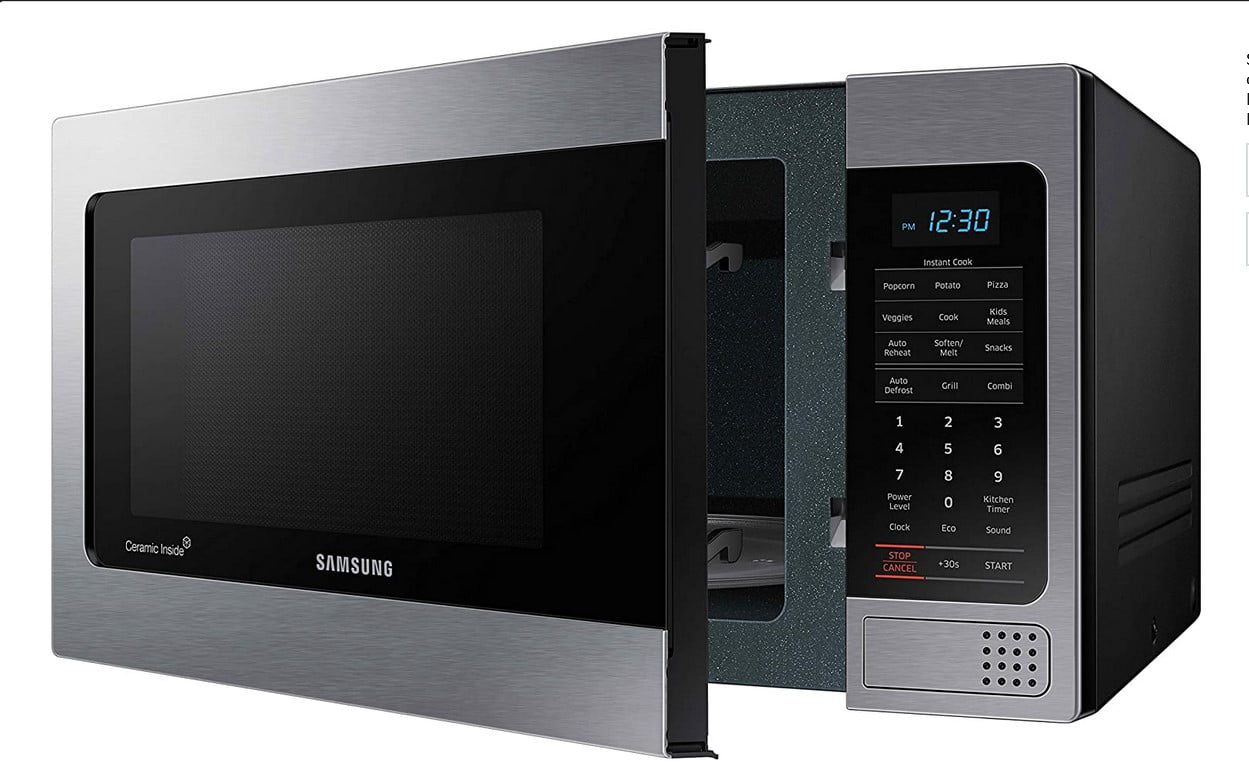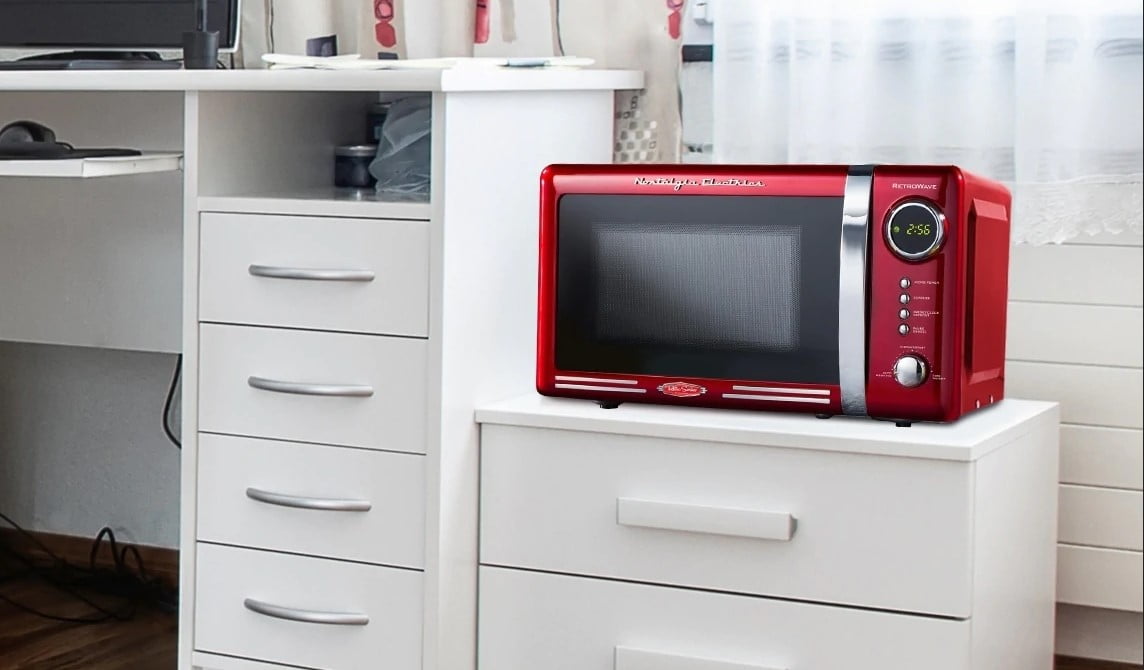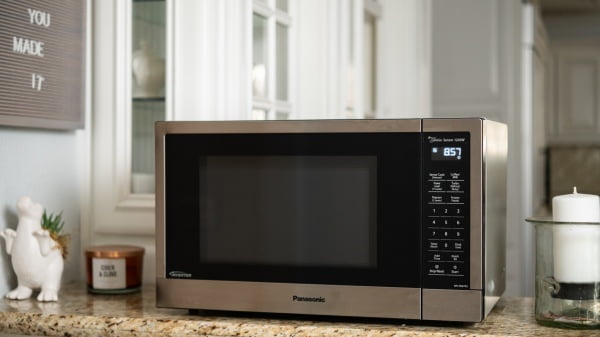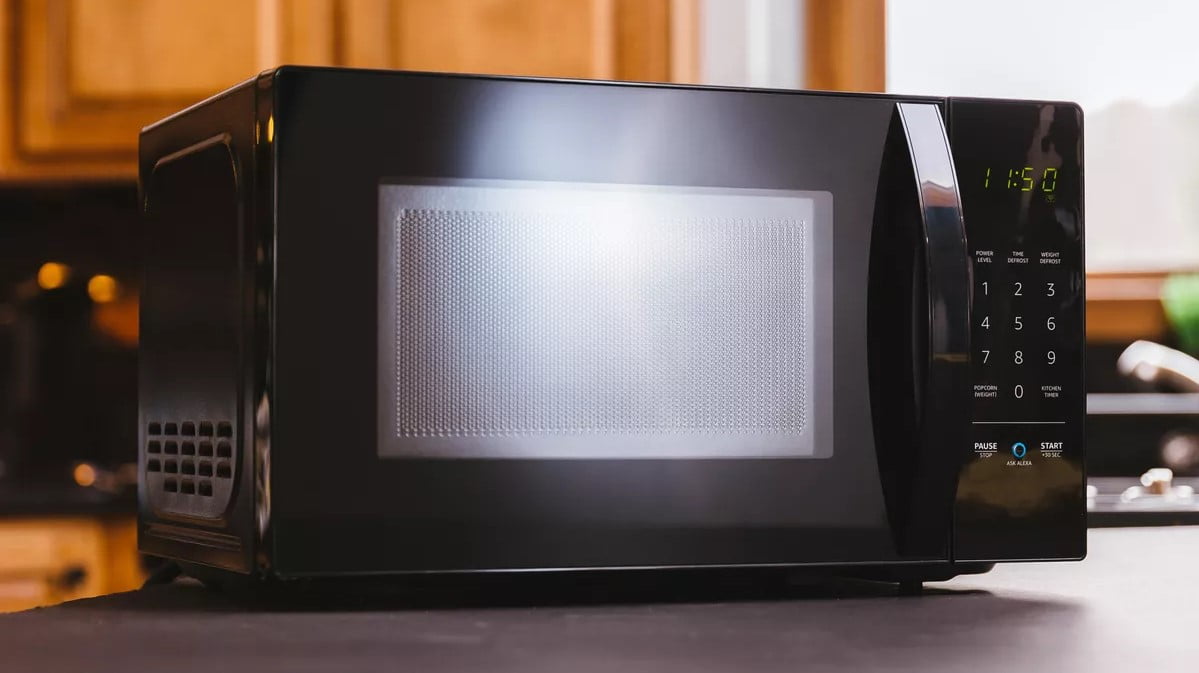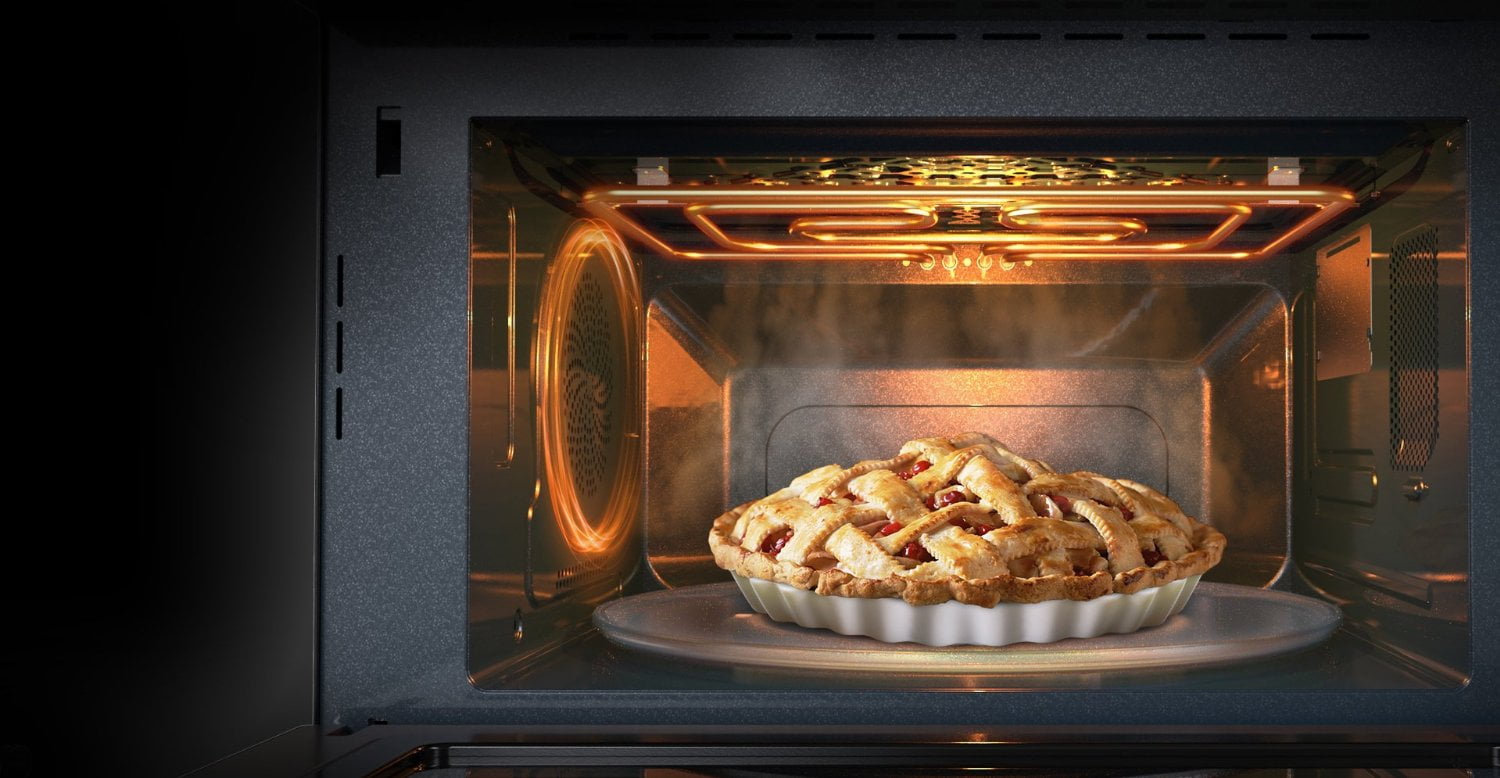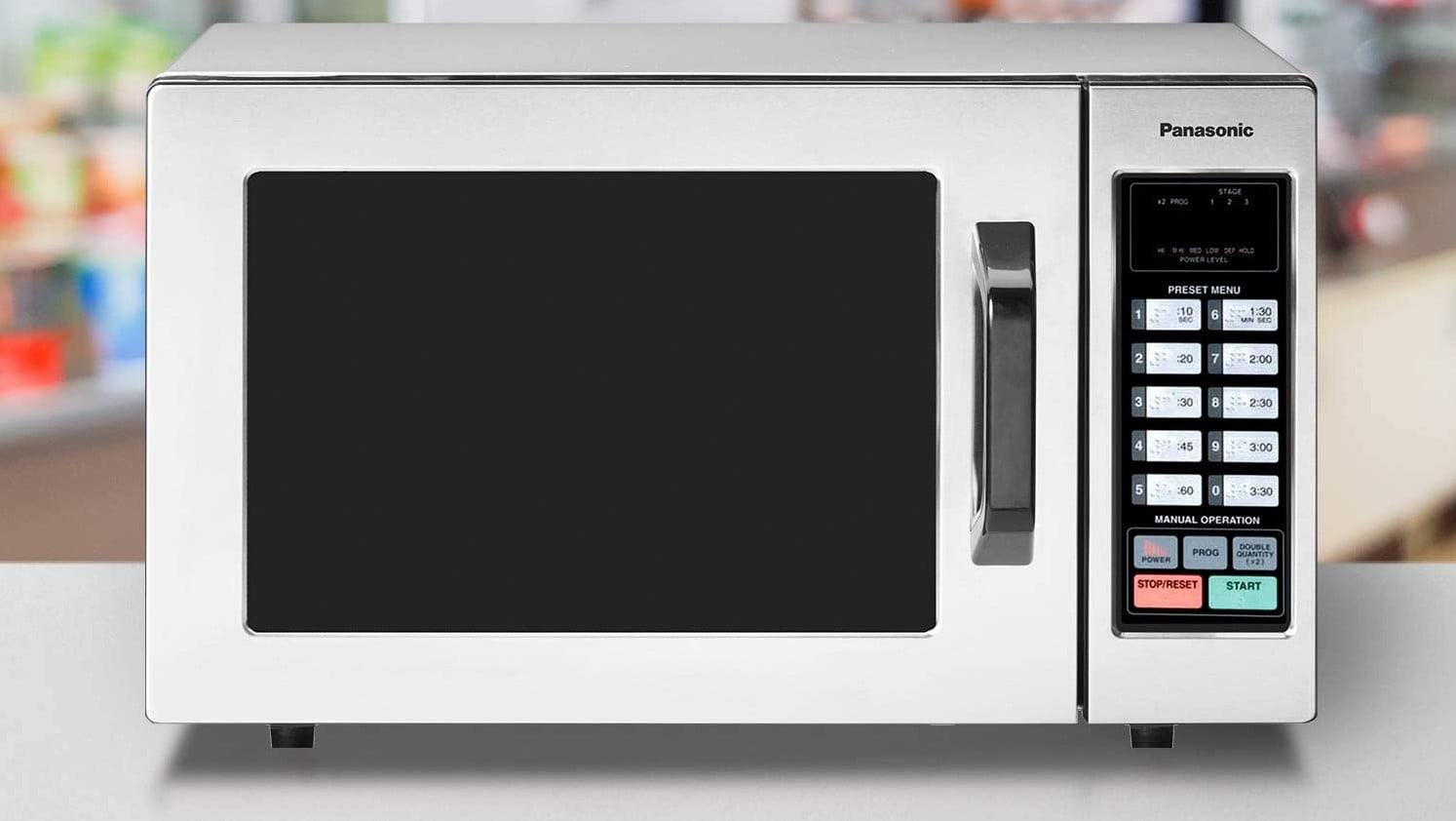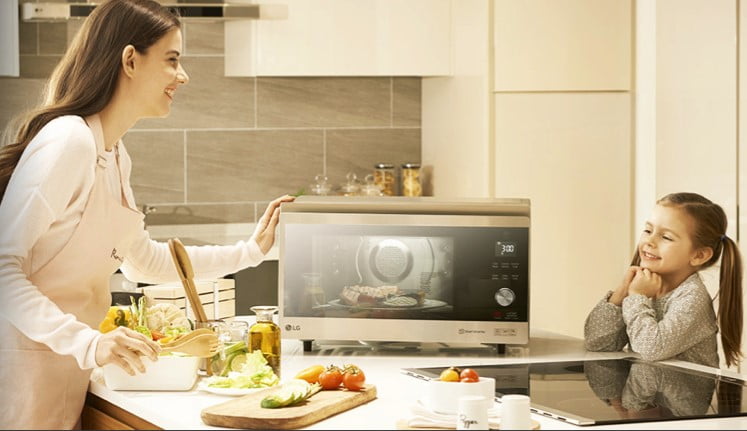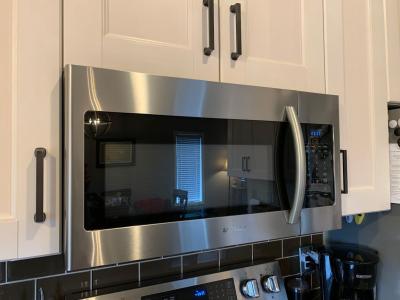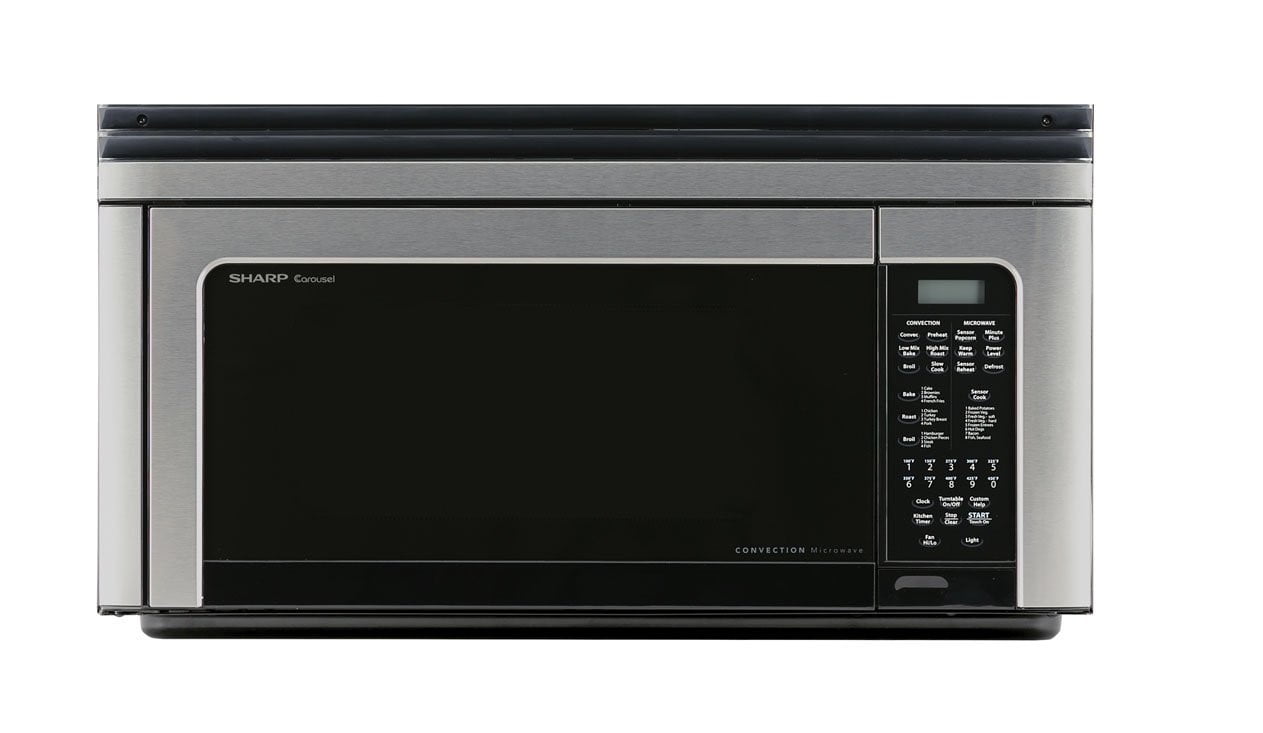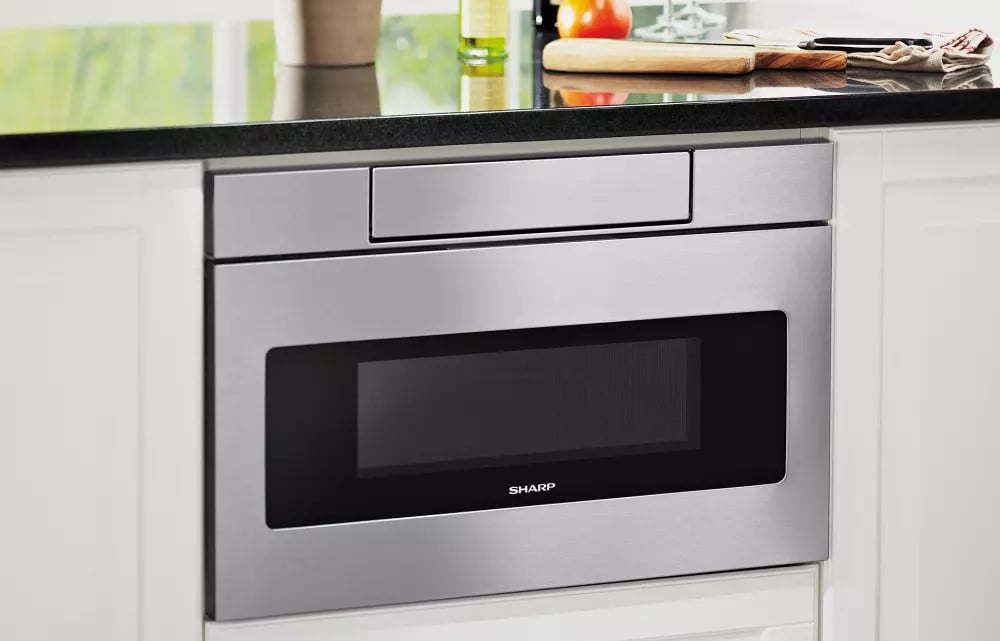Standalone or countertop microwaves can be placed anywhere, but what is a built-in microwave? Built-in or range microwaves integrate with your kitchen in ways that save space and often add functionality.
KEY TAKEAWAYS:
- Built-in microwaves include both range microwaves (also generally called built-in microwaves) which are installed into a wall or under a cabinet and generally over an oven, and microwave drawers, which are installed on sliders in lower cabinets.
- Microwave drawers are especially good for smaller users or users with physical challenges because of their waist-level placement and are great if you want to be able to hide your microwave when not in use.
- Built-in microwaves, whether range or drawer style, tend to be more expensive than standalone models, both the units themselves and for the extra installation costs if done by a professional as is recommended.
There are a number of things that separate them from other types of microwaves and knowing the differences, advantages, and disadvantages can help you choose the best microwave for your kitchen needs. If you’re trying to make a buying decision, you might also want to look at the special features and settings some microwaves have to offer, such as sensor microwave cooking.
Built-in Microwave Types
In general terms, a built-in microwave oven is a standard or convection microwave oven designed to be installed kitchen cabinet as opposed to being placed on a kitchen counter, on top of a fridge, or on another kitchen surface where it’s not semi-permanently attached.
There are multiple varieties of built-in models, including under counter microwave drawers and drop-down models, but the main advantage of all of them is that they help give your kitchen space a more bespoke, clean, uncluttered look and feel. Disadvantages include a higher price tag and to a lesser degree the difficulty of some specialized functions like using a microwave pressure cooker.
Insider Tip
Built-in microwaves are great for saving space, improving the look of your kitchen, and, depending on the specific type, making preparing food easier and more energy-efficient for the user.
Built-In Range Microwaves
A built-in range microwave is one that’s installed into a wall or upper cabinet, most often over a wall oven. This distinction doesn’t necessarily denote a difference in cooking power or specific abilities like convection cooking or temperature sensor cooking.
The advantages of range microwaves include putting the oven and the microwave within equal grasp, making complicated meals that require cooking or heating multiple items simultaneously easier, reducing foot traffic in the kitchen (making accidents less frequent), and of course, saving counter space and making the kitchen feel more customized and giving it a cleaner, sleeker look.
The disadvantages of range microwaves are that their height off the ground can make them harder to reach for smaller users or people with physical challenges, and making heavy dishes harder to take in and out of the microwave- for the same reason, the use of a turntable platter is not recommended for range ovens.
Additionally, they do require extra time and labor to install, and if repairs or part replacements are required, they usually need to be uninstalled first.
Finally, like all installed microwave ovens, they’re generally more expensive- on average at least $100- than standalone models of the same size, quality, and power level.
Drop-down Drawer Microwaves
While a door that swings out to open is standard for most microwave types, larger microwaves- both built-in and standalone- will sometimes feature drop-down doors that open like ovens. These door types can make loading large dishes easier, but they’re also more elegant-looking than swing-out drawers, making them more common on large, higher-end models.
Undercounter Microwaves
An under-counter microwave and microwave drawer is a top-loading microwave that’s installed into lower cabinets in your kitchen. The advantages of these are that they’re easy to reach into and access, making them great for smaller users and users with certain physical challenges, and that they allow for more upper cabinet storage space- especially useful if you’re getting a larger than average collection of dishwares or need extra pantry space.
Just like cabinet drawers that are pulled out and retracted along with slides, under-counter microwaves are built into your cabinet on slides, allowing for quickly checking on dishes while they’re cooking while still using top counter space, and keeping the microwave out of sight when not in use. Some models also include a push-button that allows you to open and close the drawer even more easily.
The disadvantages of under counter microwaves are that they may be more annoying or difficult for taller users to deal with on a regular basis, and they can introduce their own safety issues, since leaving one pulled out and forgetting about it can lead to walking right into it if you’re distracted.
Some argue that they could be a heat hazard because they are less exposed to the air than standalone and range microwaves, but microwave cabinets themselves rarely heat up at all unless there’s a serious issue, so this is a minimal problem.
Warning
Built-in microwaves can be significantly more expensive than standalone models both in basic pricing and installation costs if installed by a professional, which most manufacturers recommend.
F.A.Q.S
Do built-in microwaves need ventilation?
Yes, but it’s less important than you might think because microwave cabinets themselves rarely heat up to any significant degree since food is heated directly and not via a heated element. Nonetheless, it’s a good idea to provide as much ventilation as is practically possible when choosing where to install your unit. A trim kit for such microwaves can help install them to maximum ventilation.
How long do built-in microwaves last?
Microwaves, whether built-in or standalone, typically last about seven years with normal use, but can sometimes last as long as ten years if well cared for and cleaned regularly- also, stainless steel microwaves tend to last a bit longer than other types.
Are built-in microwaves safe?
Yes, with proper installation and a decent amount of ventilation, built-in microwaves are no less safe than standard models compared to other kitchen appliances. You may want to consider professional installation for this reason, especially in larger models or if you’re installing an entire kitchen suite.
STAT: A built-in microwave typically costs about 50% more than a standalone microwave of equal size and quality or features. Options like a convection feature also increase the price. (source)
STAT: The usable capacity of most microwaves has been found to be an average of about half of what manufacturers tend to claim on any specific model. (source)
STAT: Microwave ovens heat food directly by heating polar water molecules as opposed to using a heating element and heating food indirectly. (source)
REFERENCES:
- https://en.wikipedia.org/wiki/Microwave_oven
- https://www.youtube.com/watch?v=a8ZGdfLz9Zs
- https://www.youtube.com/watch?v=4lYt9qyFB8s&ab_channel=Silverliner
- https://www.health.harvard.edu/staying-healthy/ask-the-doctor-microwaves-impact-on-food
- https://meridian.allenpress.com/jfp/article/46/3/266/195520/Microwave-Cooking-An-Overview1
- https://en.wikipedia.org/wiki/Microwave

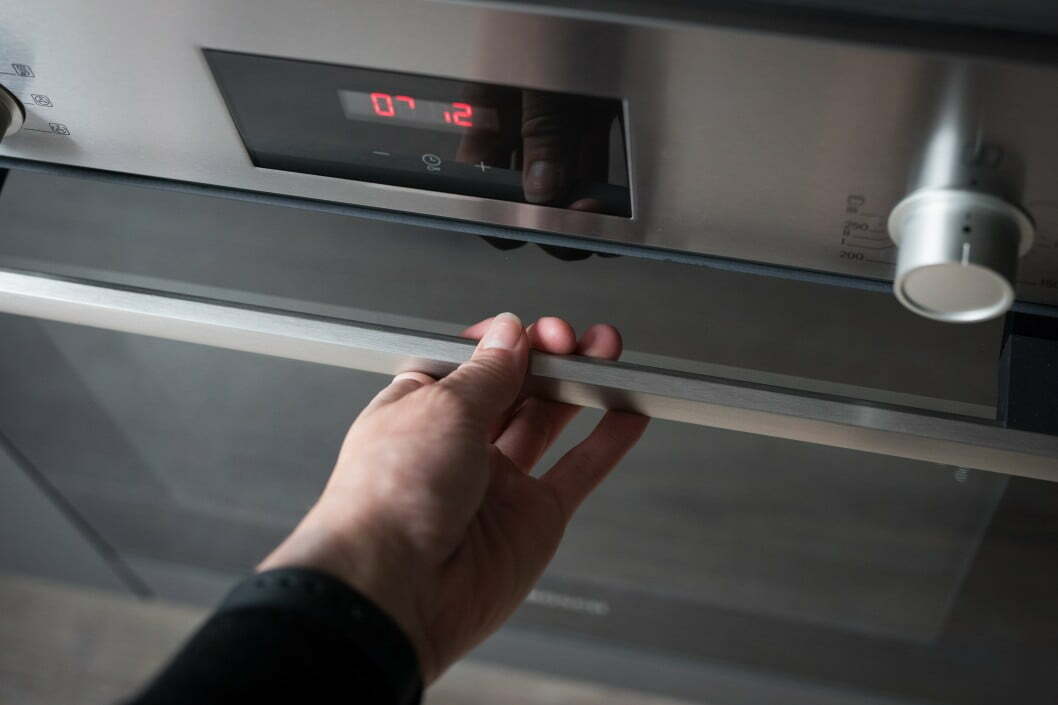













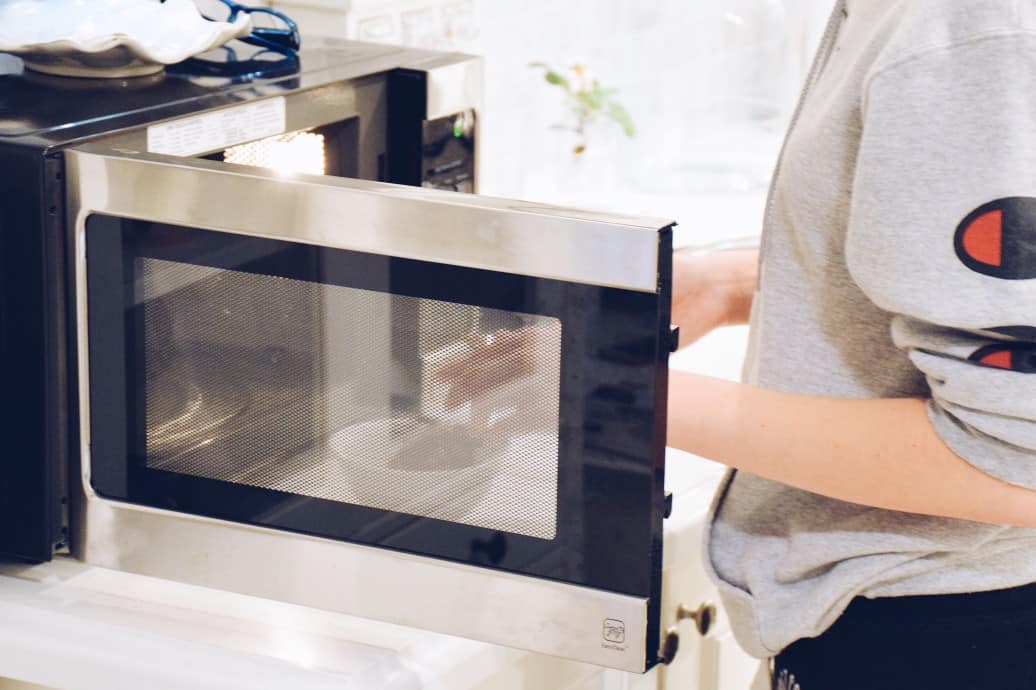
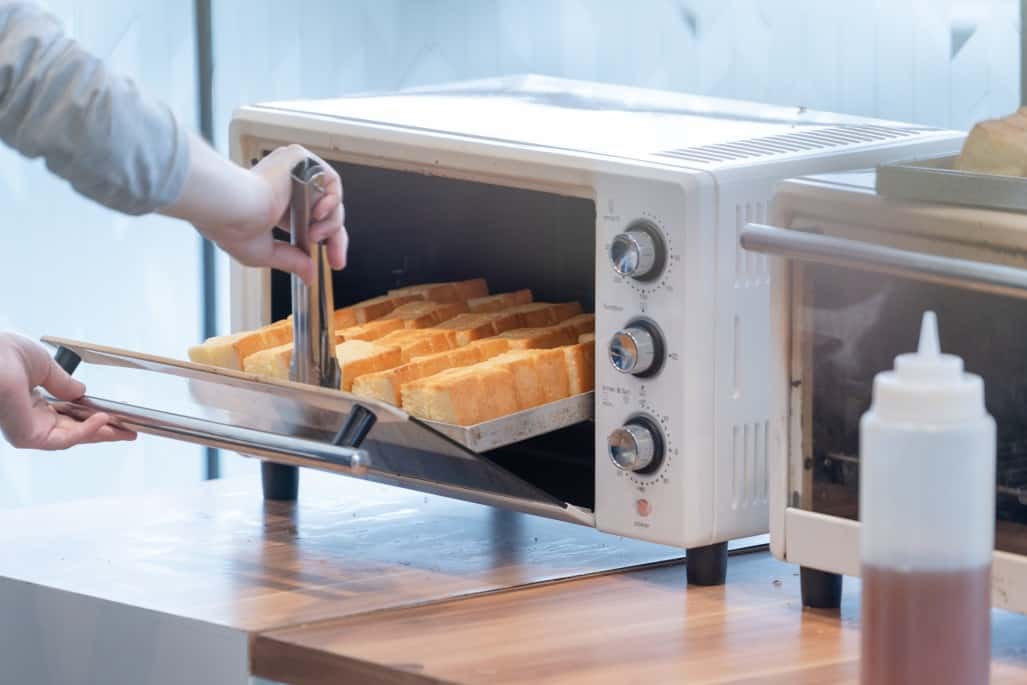
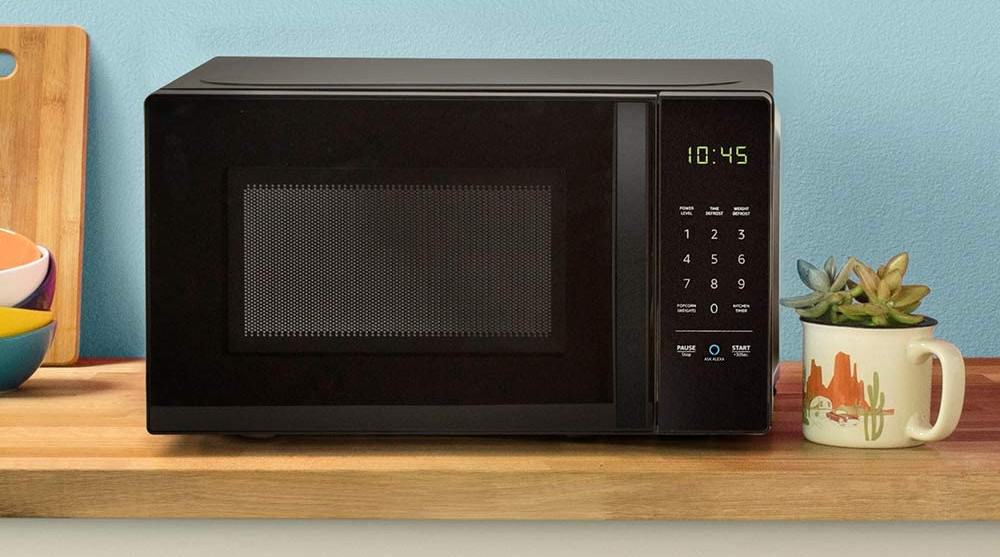

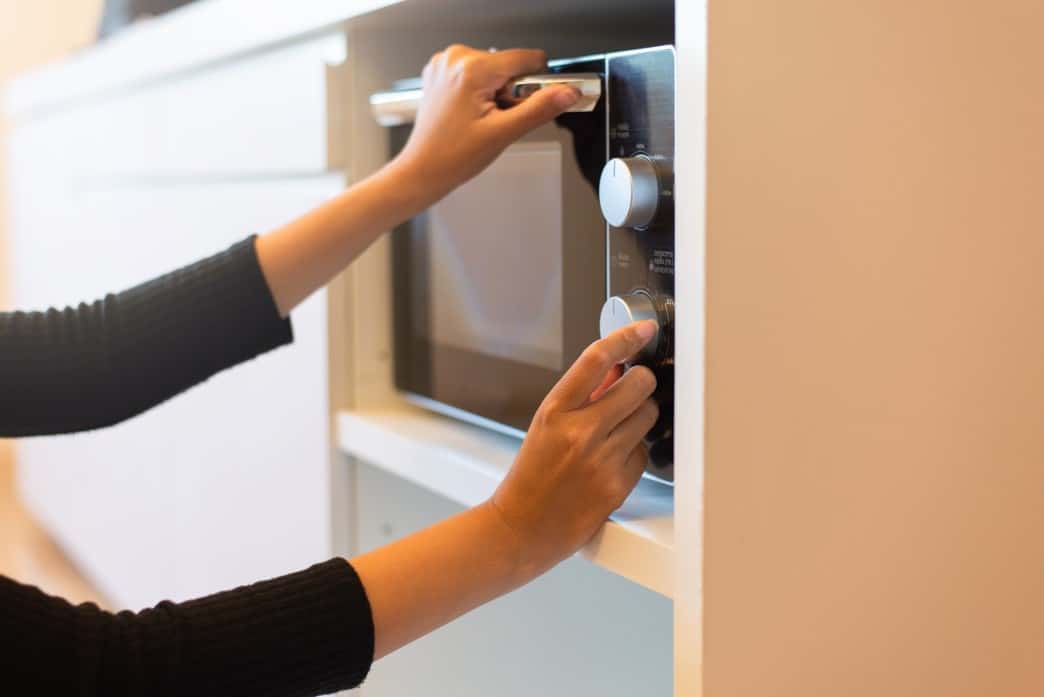
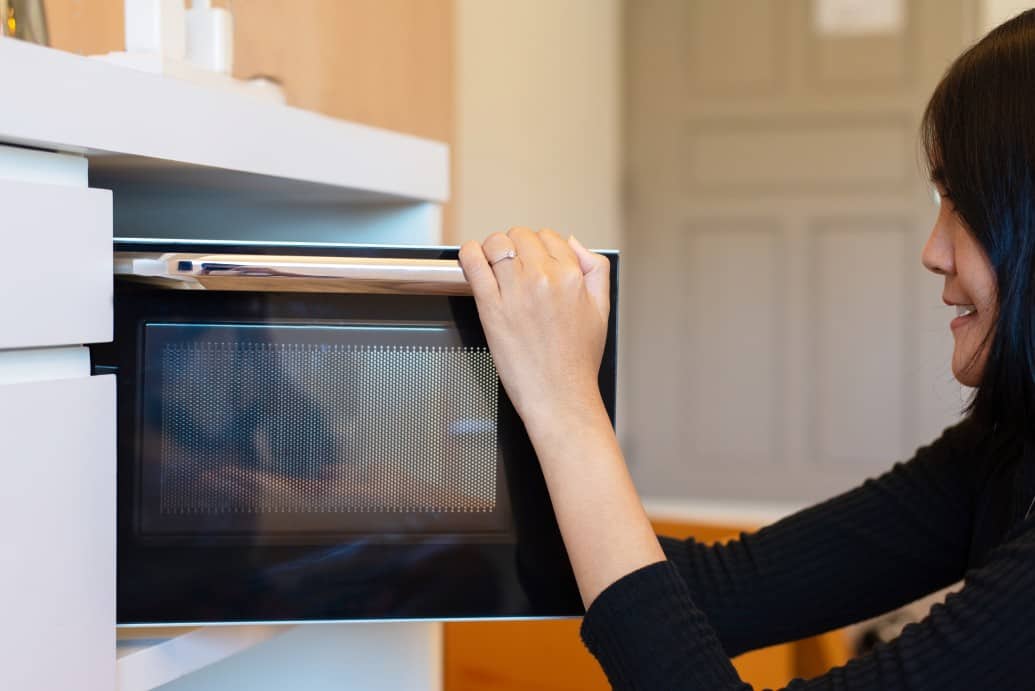
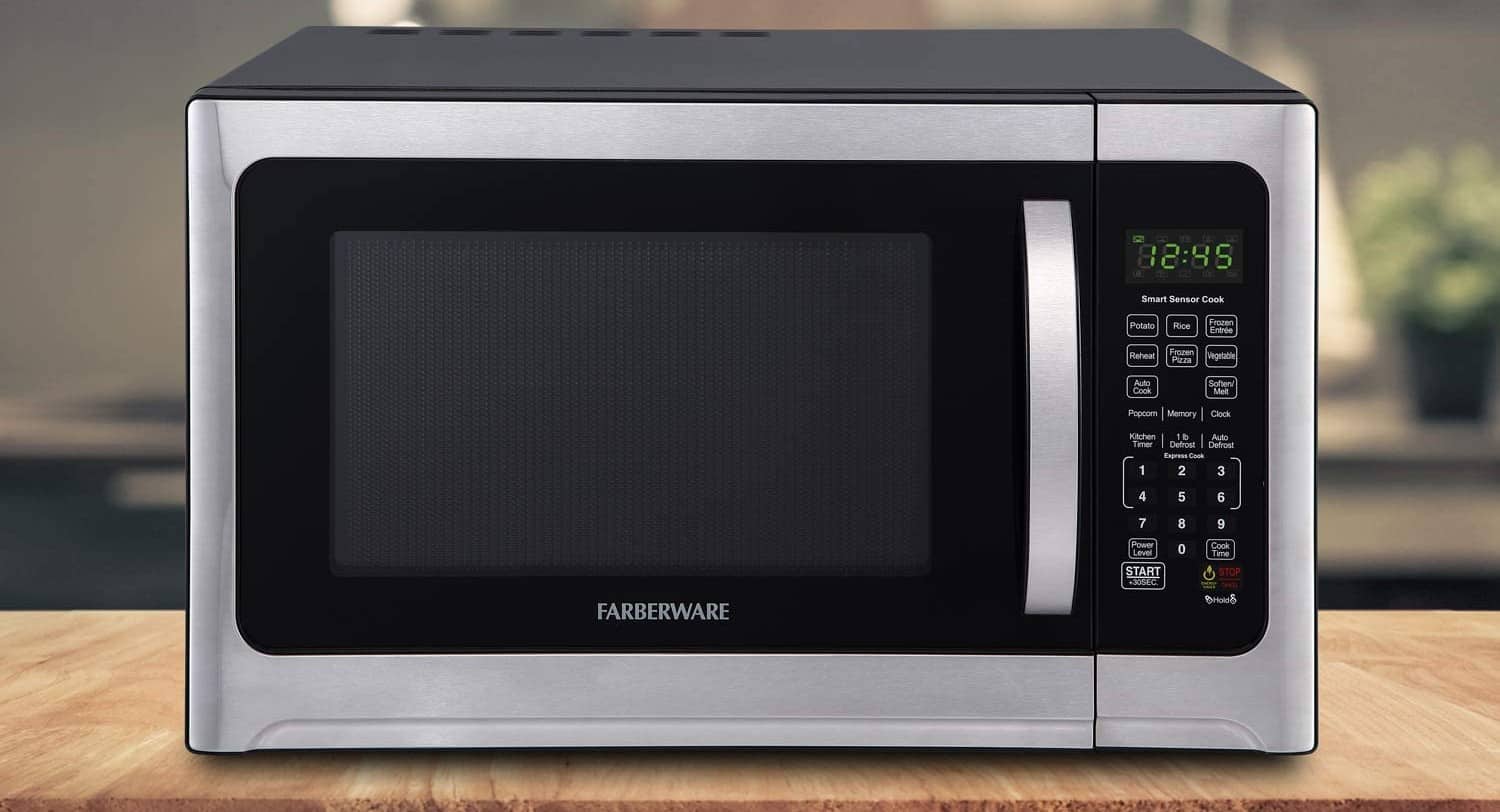
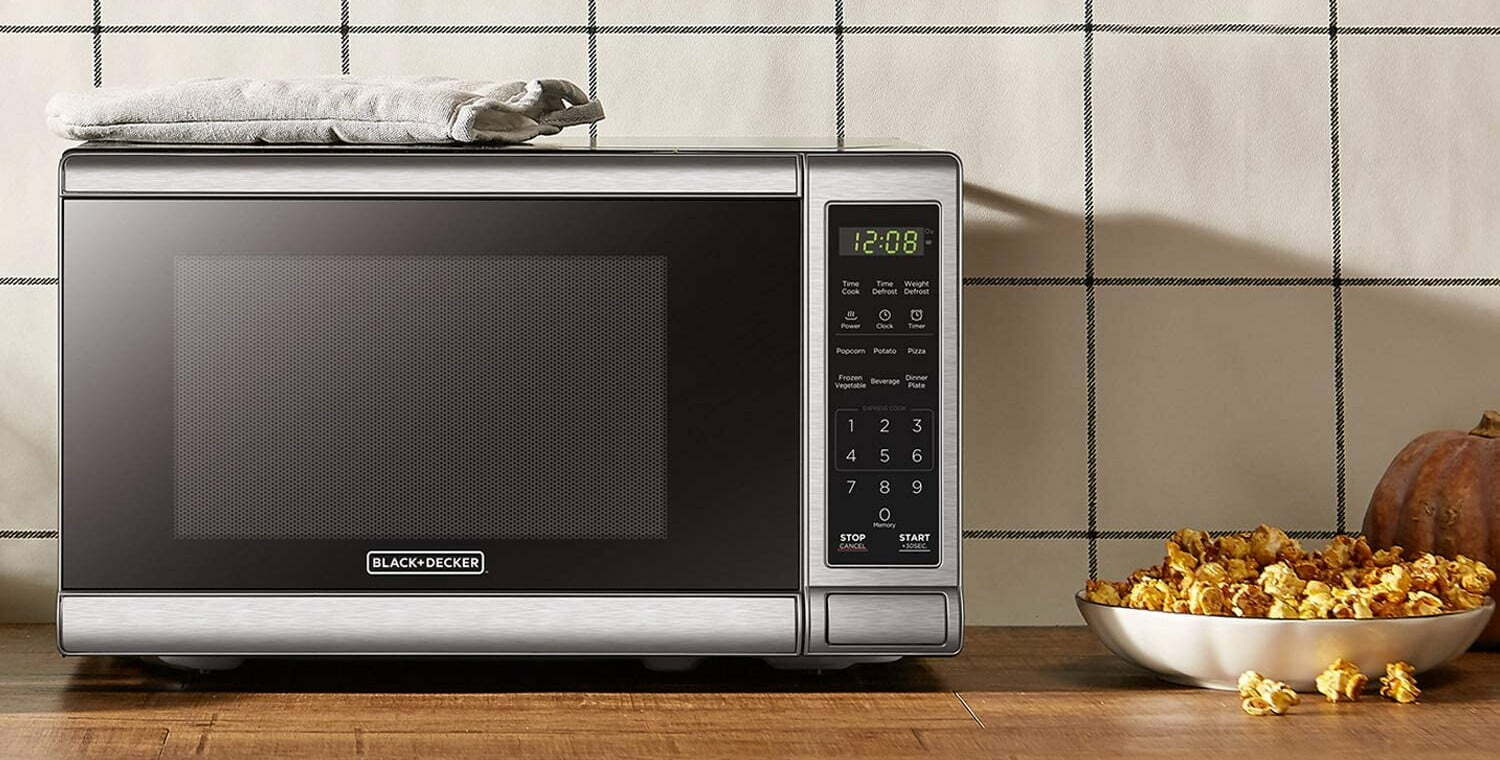
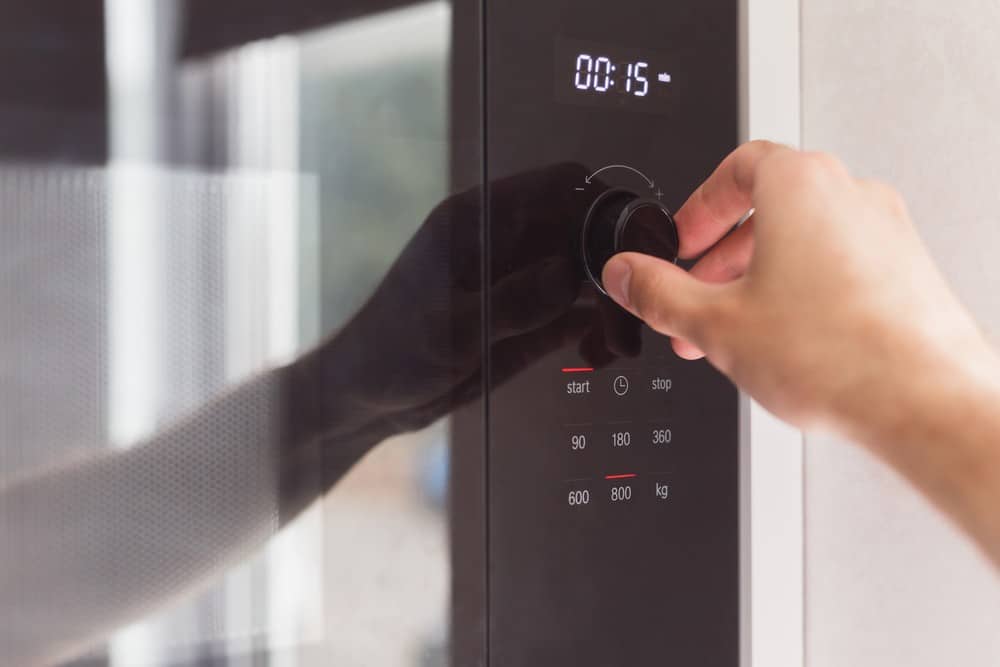
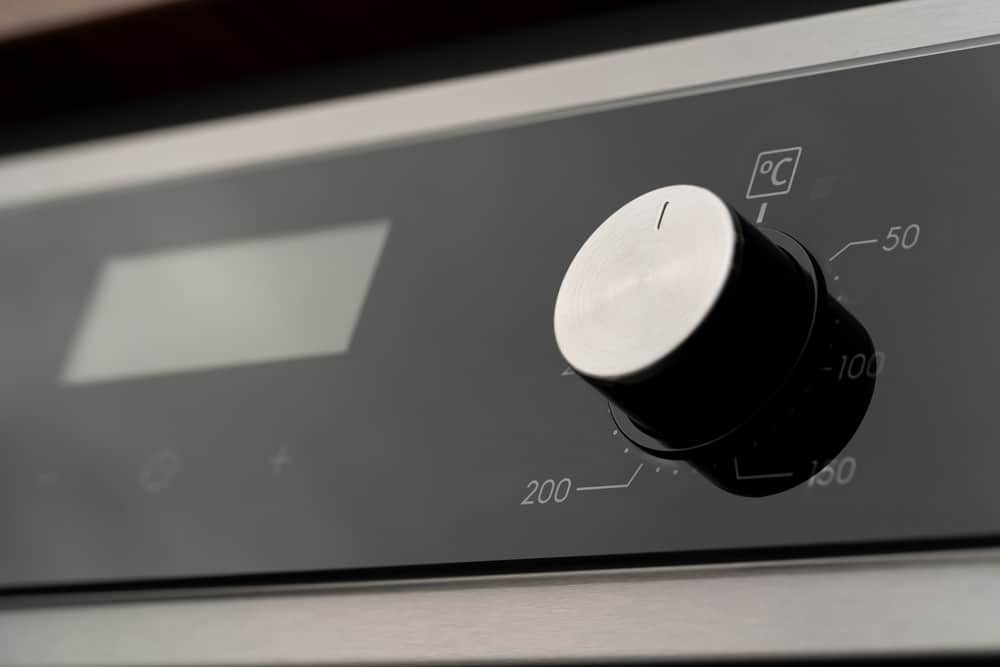
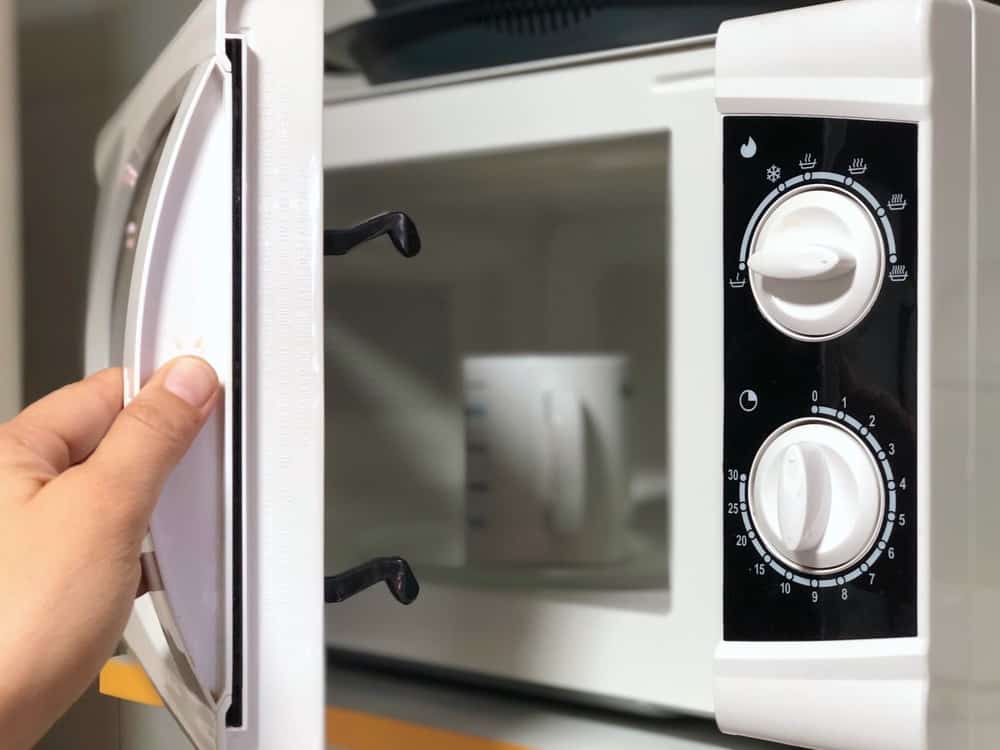
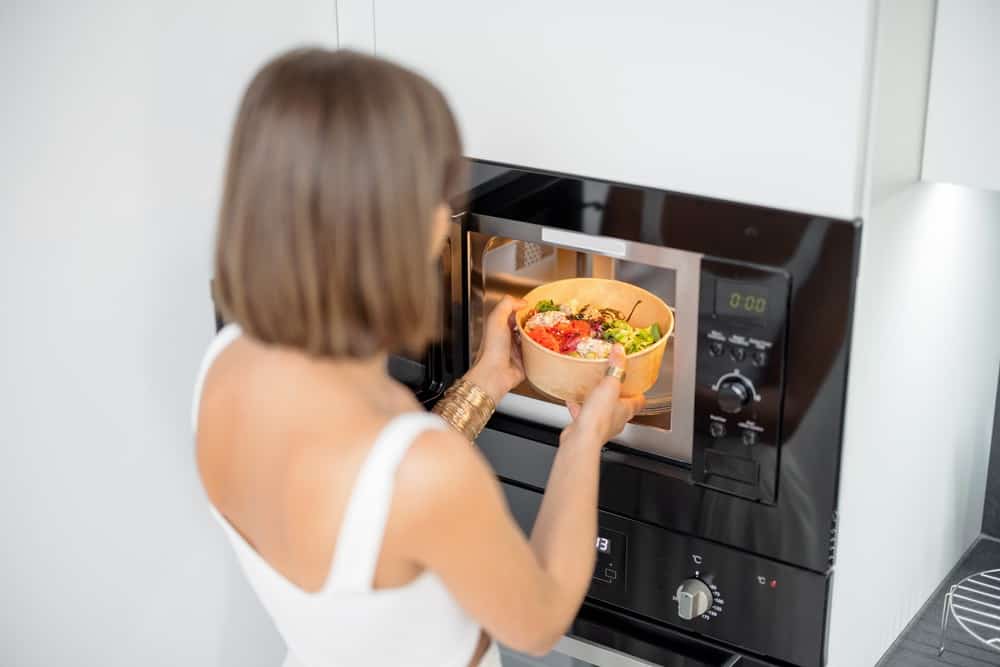
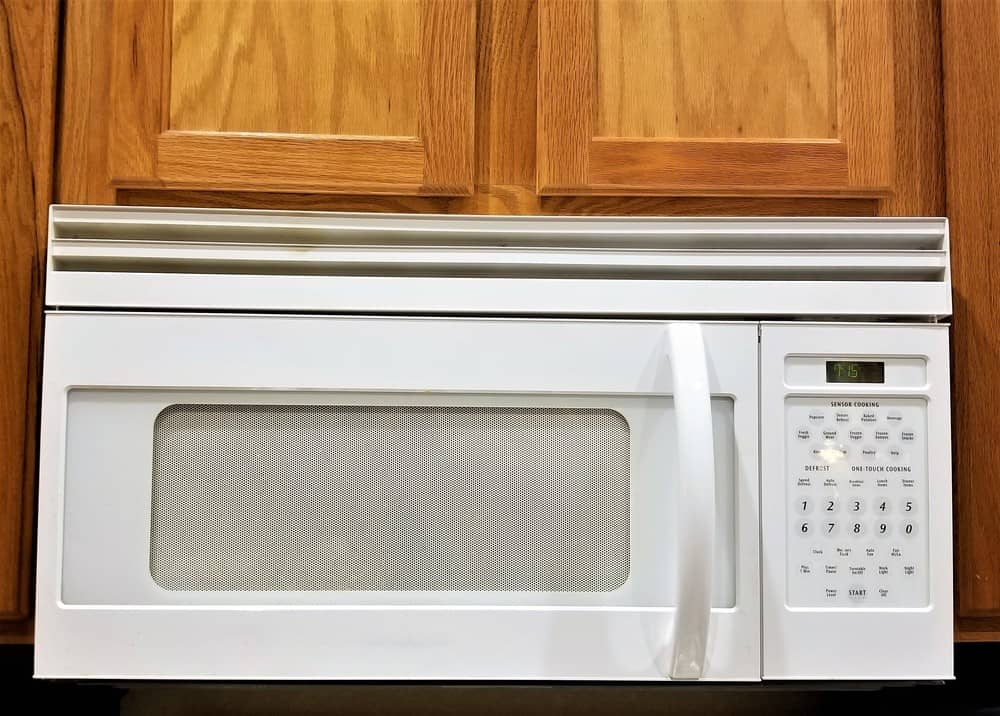
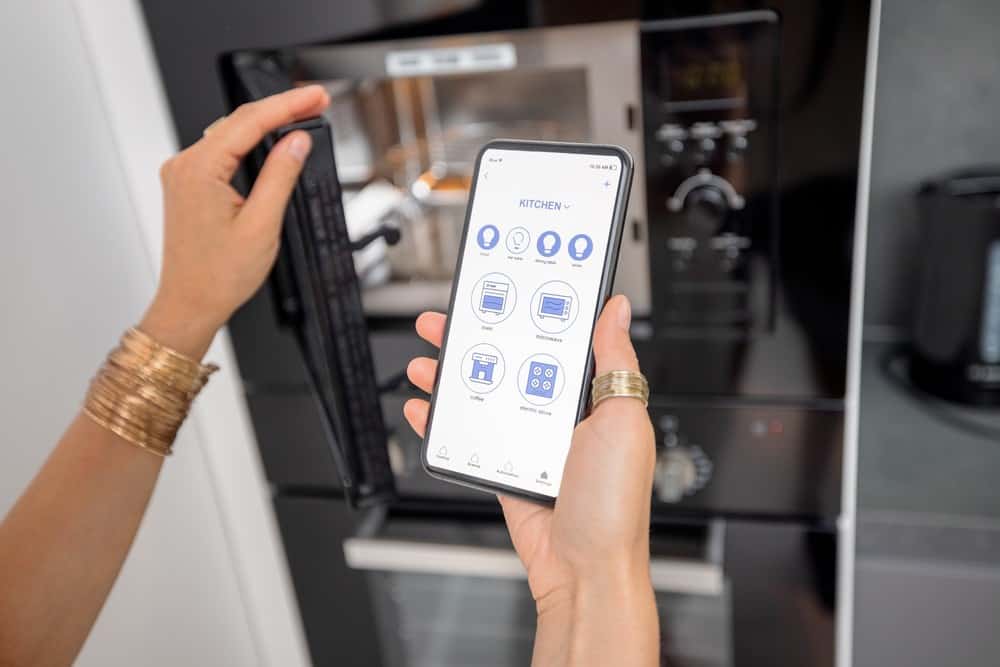
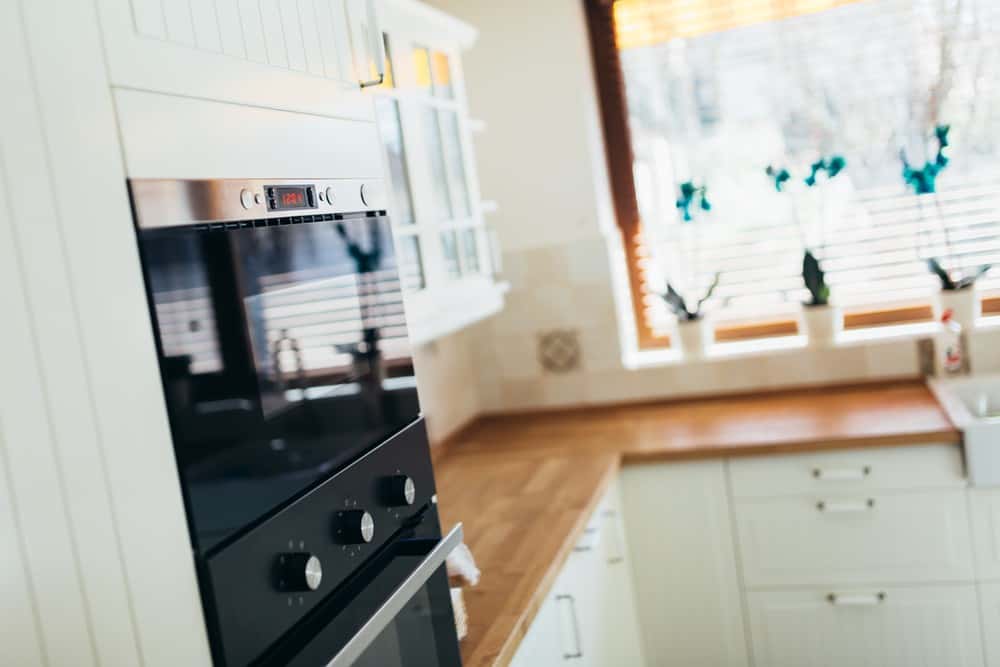
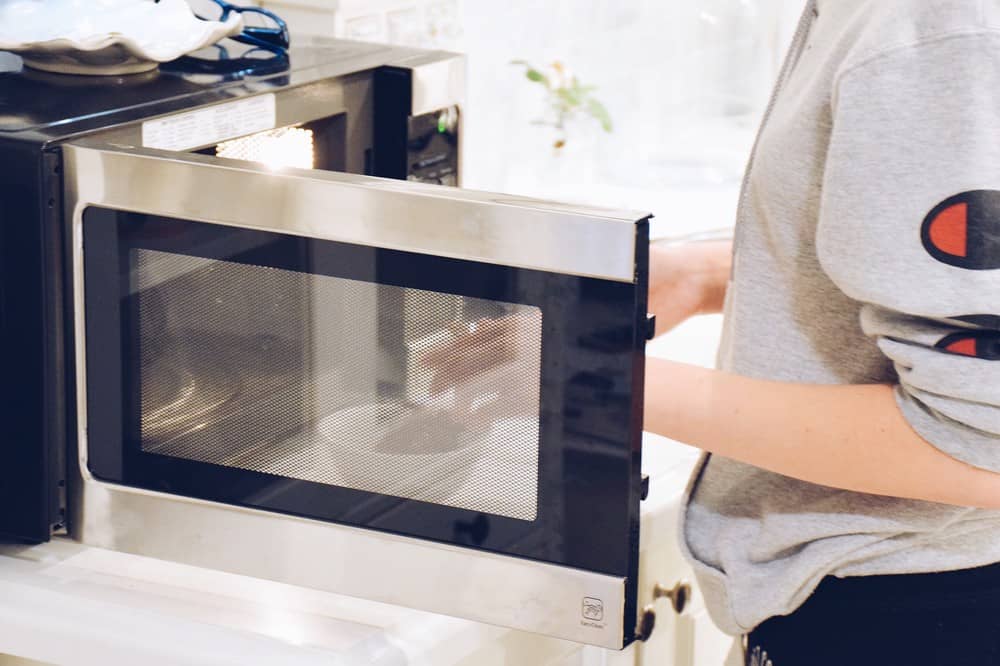

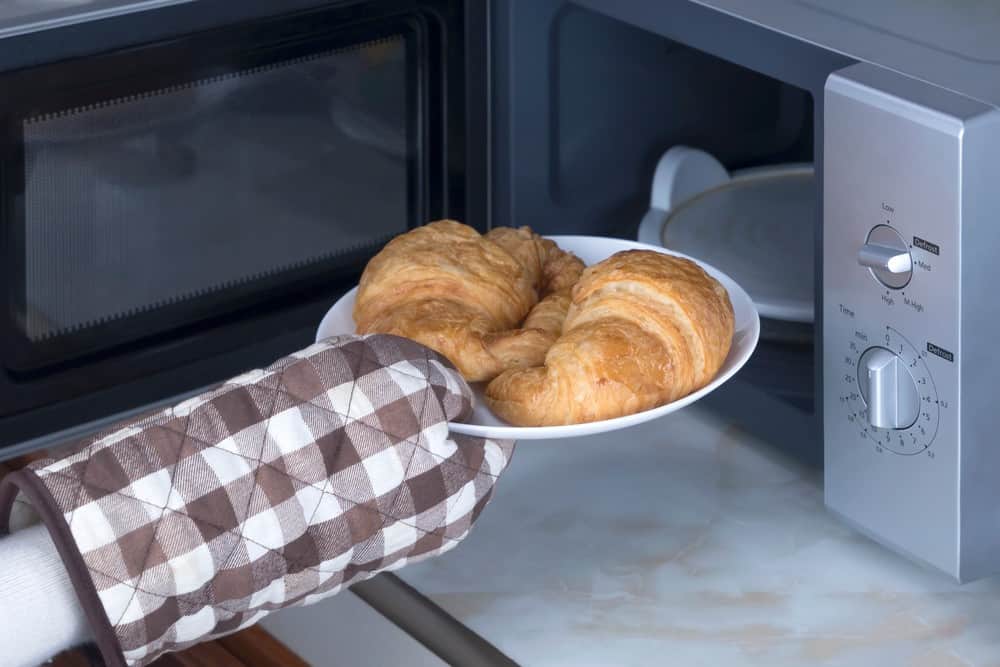
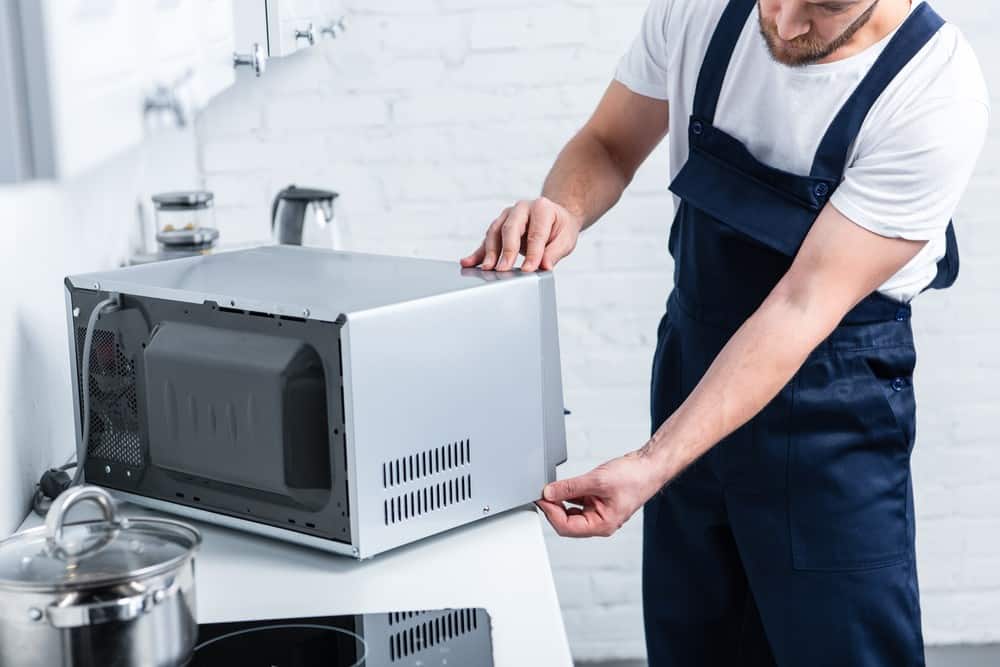
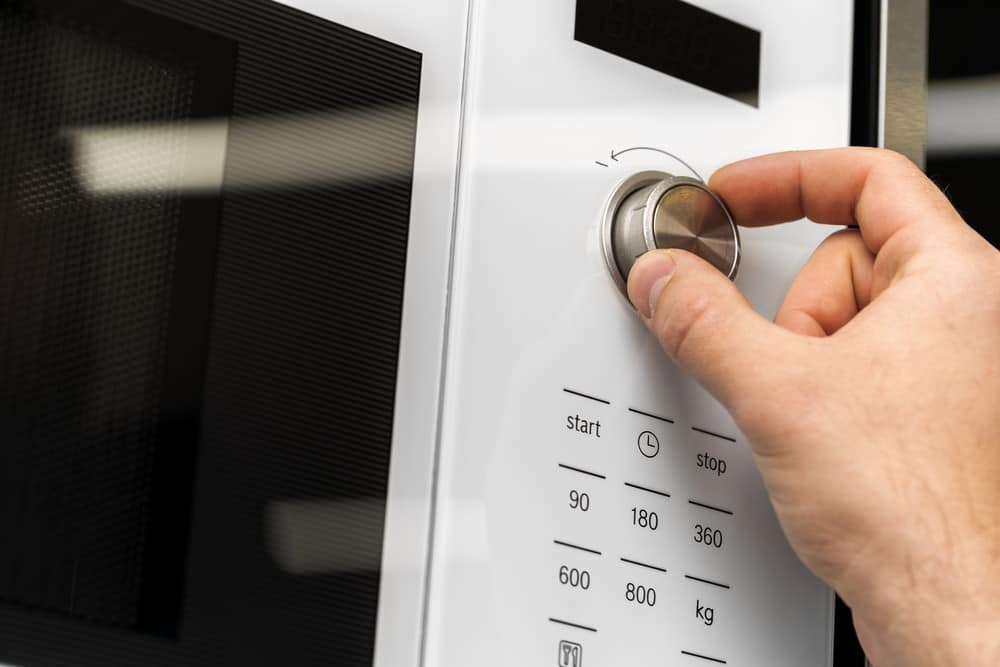
![Best Kitchen Appliances in [year] ([month] Reviews) 27 Best Kitchen Appliances in 2025 (December Reviews)](https://www.gadgetreview.dev/wp-content/uploads/best-kitchen-appliances.jpg)
![Best Whirlpool Microwaves in [year] 28 Best Whirlpool Microwaves in 2025](https://www.gadgetreview.dev/wp-content/uploads/best-whirlpool-microwaves-image.jpg)
![Best Microwave Drawers in [year] 29 Best Microwave Drawers in 2025](https://www.gadgetreview.dev/wp-content/uploads/best-microwave-drawer-image.jpg)
![Best Quiet Microwaves in [year] 30 Best Quiet Microwaves in 2025](https://www.gadgetreview.dev/wp-content/uploads/best-quiet-microwave-image.jpg)
![Best LG Microwaves in [year] 31 Best LG Microwaves in 2025](https://www.gadgetreview.dev/wp-content/uploads/best-lg-microwaves-image.jpg)
![Best Microwaves in [year] ([month] Reviews) 32 Best Microwaves in 2025 (December Reviews)](https://www.gadgetreview.dev/wp-content/uploads/best-microwaves-image.jpg)
![Best Over the Range Convection Microwaves in [year] 33 Best Over the Range Convection Microwaves in 2025](https://www.gadgetreview.dev/wp-content/uploads/best-over-the-range-convection-microwave-image.jpg)
![Best Retro Microwaves in [year] 34 Best Retro Microwaves in 2025](https://www.gadgetreview.dev/wp-content/uploads/best-retro-microwave-image.jpg)
![Best GE Microwaves in [year] 35 Best GE Microwaves in 2025](https://www.gadgetreview.dev/wp-content/uploads/best-ge-microwaves-image..jpg)
![10 Best Samsung Microwaves in [year] 36 10 Best Samsung Microwaves in 2025](https://www.gadgetreview.dev/wp-content/uploads/best-samsung-microwaves-image.jpg)
![10 Best Microwaves for Seniors in [year] 37 10 Best Microwaves for Seniors in 2025](https://www.gadgetreview.dev/wp-content/uploads/best-microwaves-seniors-image.jpg)
![10 Best Microwave Toaster Oven Combo in [year] 38 10 Best Microwave Toaster Oven Combo in 2025](https://www.gadgetreview.dev/wp-content/uploads/best-microwave-toaster-oven-combo-scaled-1.jpg)
![10 Best Panasonic Microwaves in [year] 39 10 Best Panasonic Microwaves in 2025](https://www.gadgetreview.dev/wp-content/uploads/best-panasonic-microwaves.jpg)
![10 Best Microwaves for College Dorms in [year] 40 10 Best Microwaves for College Dorms in 2025](https://www.gadgetreview.dev/wp-content/uploads/best-microwaves-for-college-dorms.jpg)
![10 Best Compact Microwaves in [year] 41 10 Best Compact Microwaves in 2025](https://www.gadgetreview.dev/wp-content/uploads/best-compact-microwave-image.jpg)
![10 Best Convection Microwave Ovens in [year] 42 10 Best Convection Microwave Ovens in 2025](https://www.gadgetreview.dev/wp-content/uploads/best-convection-microwave-oven-image.jpg)
![10 Best Built In Microwaves in [year] 43 10 Best Built In Microwaves in 2025](https://www.gadgetreview.dev/wp-content/uploads/best-built-in-microwave-image.jpg)


